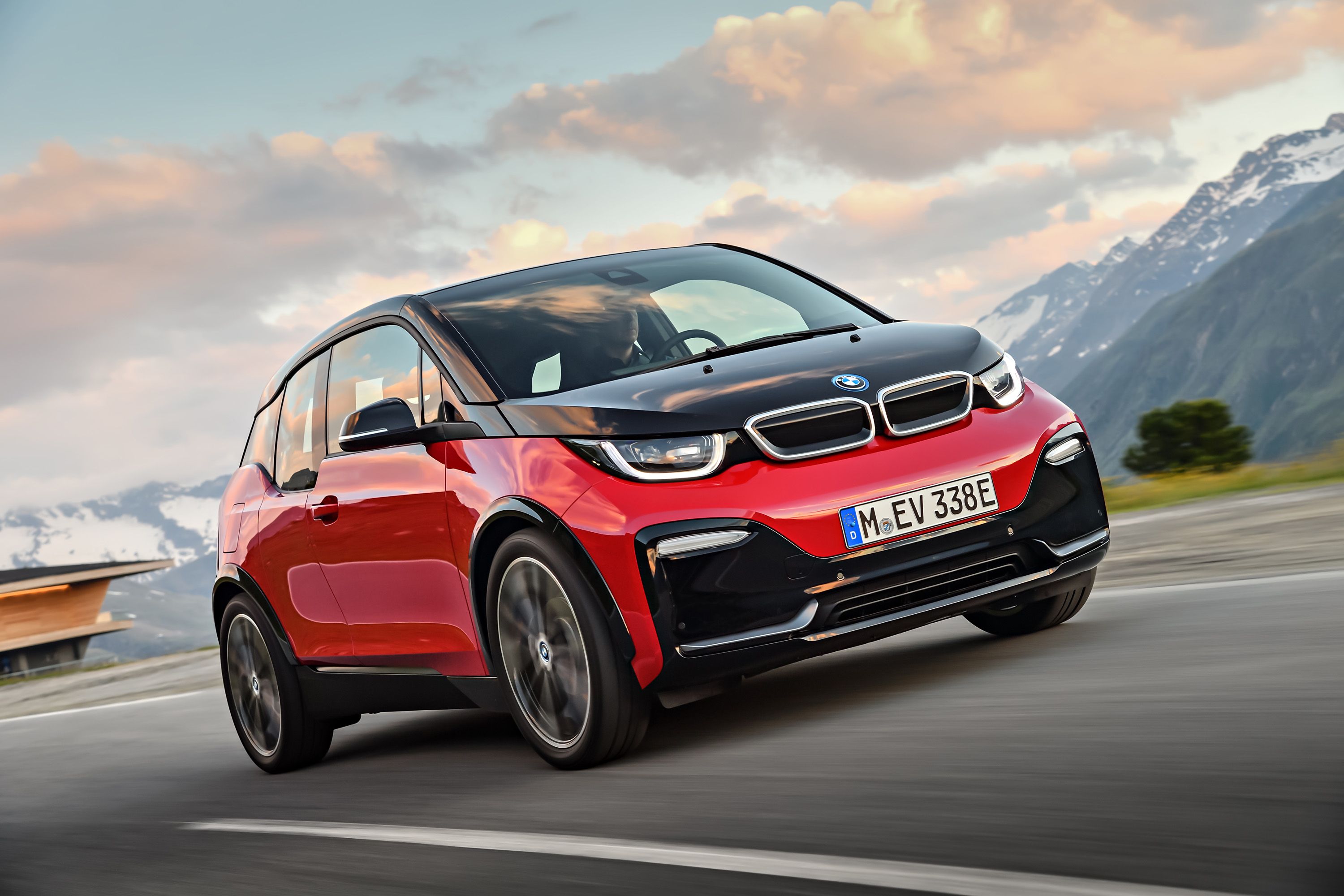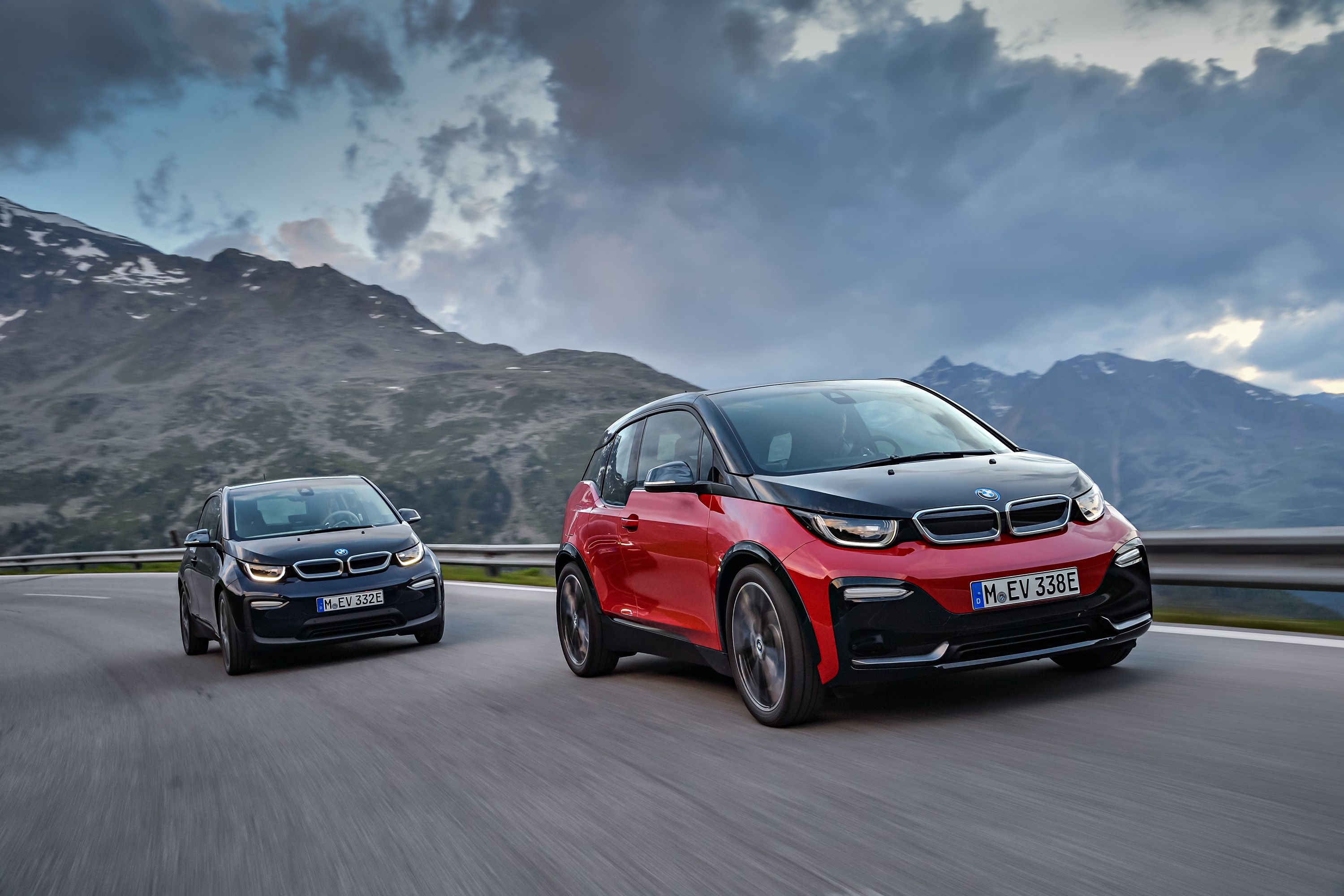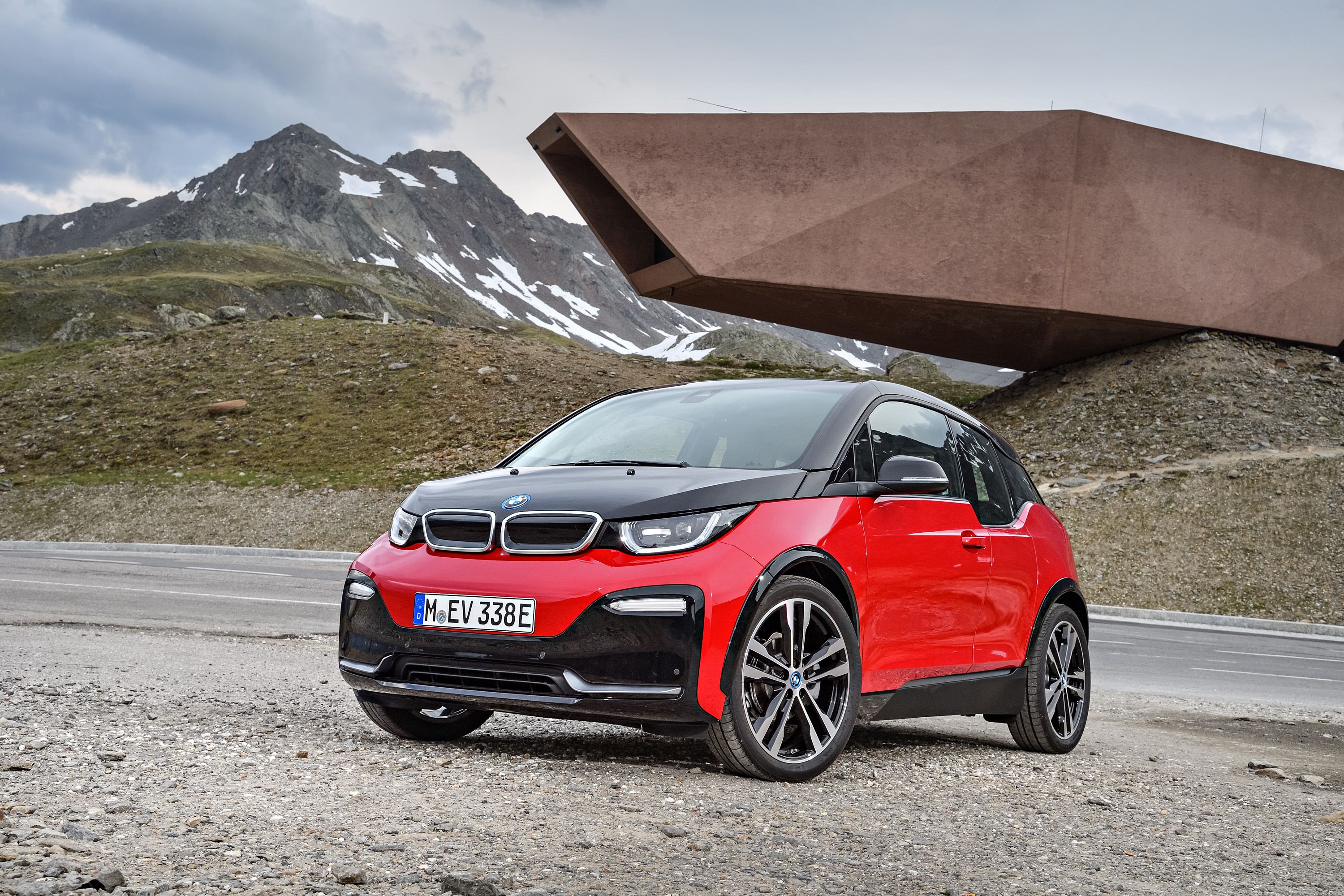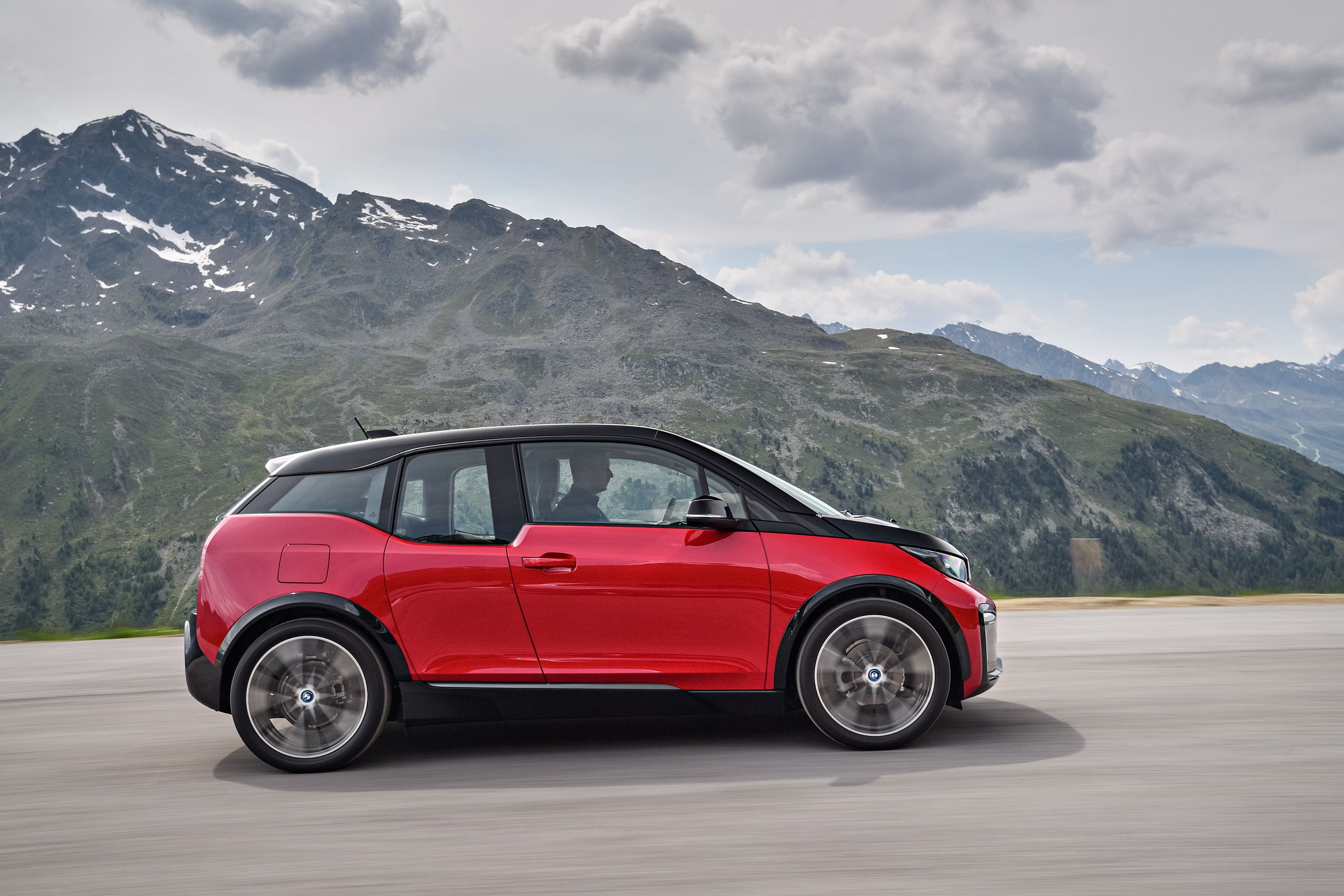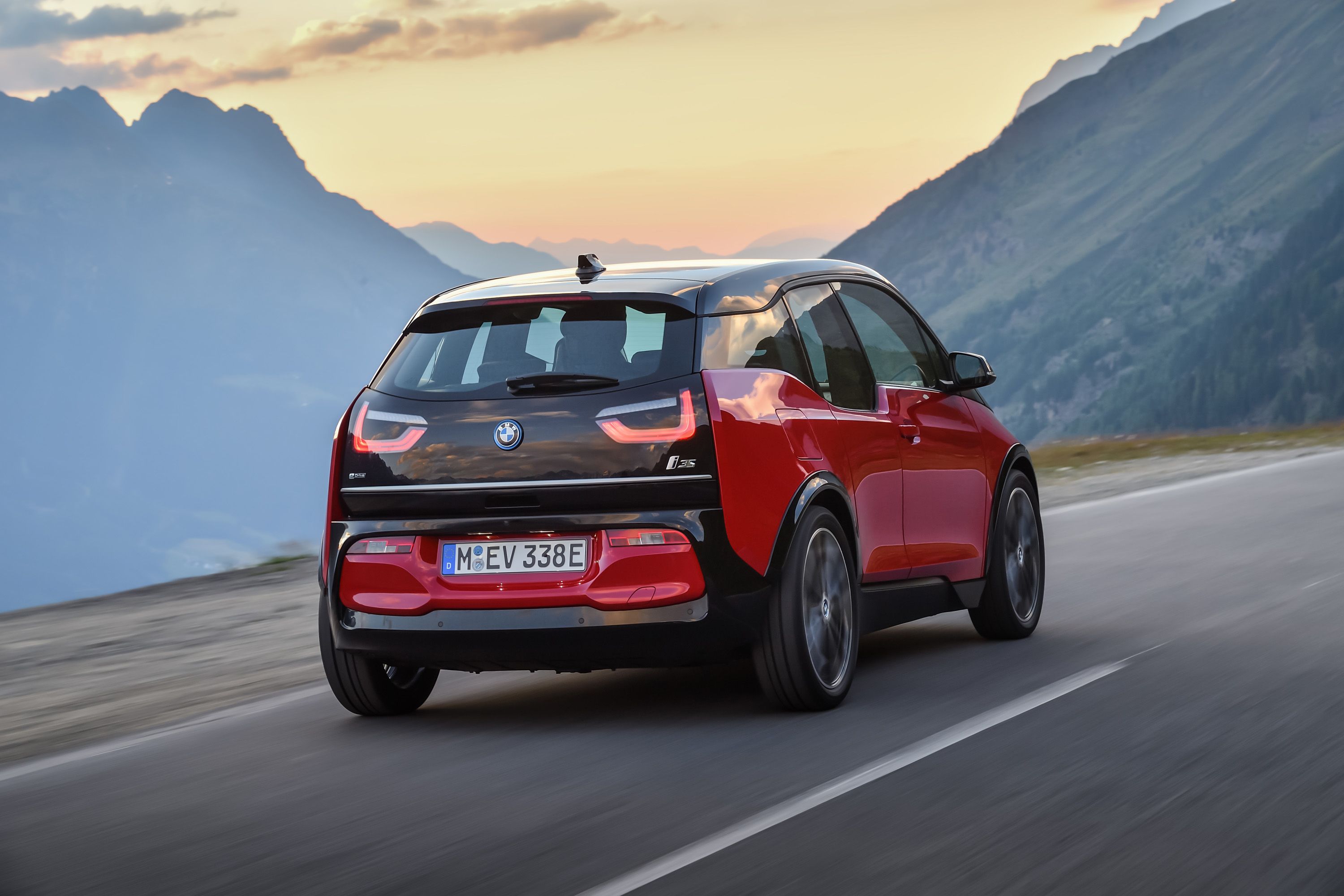The BMW i3 always stood out from the rest of BMW’s premium lineup. It’s Bimmer’s first-ever fully electric vehicle and six years after it was introduced, the i3 still draws a lot of attention, thanks in large part to its quirky styling, electric powertrain, and a surprisingly spacious interior.
The i3 served a purpose when it was launched in 2013. It was BMW’s first foray into battery electric vehicles and it was intended to gauge customer interest in electric cars without compromising BMW’s mainstream lineup of models. Well, the i3 served its purpose. Like most automakers, BMW is in the midst of a full-on assault on electric vehicles with plans to release 13 EVs by 2023.
Unfortunately, the i3 won’t be part of that future anymore now that BMW announced that it wouldn’t renew the i3 past this current generation. It will still build models for the next few years, but as far as a next-generation model is concerned, that’s no longer happening. So pour a 40 for Bimmer’s quirky little electric ride. It’s had a good run, but like all things in this world, that run will have a finish line.
It’s not really that surprising of a development, especially if you understood from the very beginning what BMW’s plans were for the i3. When the German automaker launched it back in 2013, the i3 was packaged as a revolutionary model that would help shape BMW’s future in the electric car segment. For what that’s worth, BMW did an incredible job developing and packaging the i3.
For what was supposed to be a dip-in-the-pool, the i3 turned a lot of heads with an impressive package made up of a quirky-but-cool design and an impressive electric powertrain technology that, in its own way, validated BMW’s decision to enter the EV market. It didn’t hurt, too, that the i3 also won numerous awards in its first few years in the market, including the 2014 World Green Car of the Year and the 2014 World Car Design of the Year.
But like all things in this business, success is fleeting, especially for a model that really didn’t fit into its automaker’s overarching identity. See, what Bimmer didn’t say when it launched the i3 was that it was also a litmus test created to see if the automaker could carve a significant niche in a market that, at that time, was still in its embryonic stage. Say what you will about the model’s success; BMW wanted validation from its customer base before it dove in the deep end of the EV pool. It used the i3 in that regard, and when success followed for the model, BMW knew that it could enter the electric market without hesitation, even if it meant the i3 wouldn’t be around long enough to see the company’s EV plans come in full bloom.
And so, here we are.
There it is, folks. BMW finally revealed its long-game. The i3 served its purpose, but now that said purpose has been achieved, the model has become expendable. On the one hand, it’s hard to blame BMW for this decision. As successful as the i3 has been for the automaker, it’s not — and it never has been — a prototypical BMW model. It’s quirky in a way that you almost never see from BMW. It’s not high on performance and driving character, either. Those are two pillars of BMW’s identity, and as much as people would have you believe that the i3 imbibed those characteristics in its own way, there’s more wishful thinking in that sentiment than actual truth. Safe to say, the BMW i3 is the black sheep of the family. It’s harsh, sure, but it’s also true.
Once the BMW i3 is gone — that could take a few more years since Bimmer still plans to build the current-generation model — it’s going to leave behind a tricky legacy. On the one hand, the BMW i3 will be regarded as a pioneer, not just because of its stature as an electric model, but more importantly, its stature as the model that convinced BMW of the greener pastures in the realm of electrification.
The BMW i8 deserves some credit, too, but it’s really the i3 that BMW used to signal its intent to become a major player in the electric vehicle segment. No one EV model can take that distinction away from the i3. Not the i8, and certainly not any of the future electric models that BMW has in the pipeline.
On the other hand, the i3’s one-generation run is probably going to leave a bad taste in a lot of people’s mouths. If the model is as important as BMW says it is, why not continue with it, or at least give it a second-generation run? But BMW’s made itself clear. The i3 doesn’t belong in its line-up because it doesn’t give out the same premium aura that a lot of other Bimmer models do. It doesn’t fit into the company profile anymore, unlike in year’s past where its existence was a necessity more than anything else.
But now that those “things” have arrived — or will arrive soon — there’s no more place for the i3 anywhere in the company’s portfolio. So, that’s that, I suppose. BMW’s first-ever electric vehicle will continue to hit the market in the next few years. But once its time is up, don’t expect to see a second-generation model anytime soon, maybe ever. Once more, pour a 40 for the i3, folks. Its run is about to end, and while it is a bit premature to say it now, it’s safe to say that the BMW i3 made a far bigger impact on BMW than most people will give it credit for.
BMW i3 specifications
|
Motor technology |
BMW eDrive technology: hybrid synchronous electric motor with integrated power electronics, charging unit and generator function for energy recuperation |
BMW eDrive technology: hybrid synchronous electric motor with integrated power electronics, charging unit and generator function for energy recuperation |
|---|---|---|
|
Horsepower |
170 HP @ 4,800 RPM |
184 HP @ 4,800 RPM |
|
Torque |
184 LB-FT |
199 LB-FT |
|
High-voltage battery |
||
|
Battery capacity Ah |
94 |
94 |
|
Power output (gross / net) kWh |
33.2 / 27.2 |
33.2 / 27.2 |
|
Storage technology |
Lithium-ion |
Lithium-ion |
|
Acceleration 0–100 km/h |
7.3 seconds |
6.9 seconds |
|
Top Speed |
150 km/h (93 mph) |
160 km/h (99 mph) |
|
Range in everyday driving km up to |
200 (124 miles) |
280 (174 miles) |
Further reading
Read our full review on the 2018 BMW i3.

